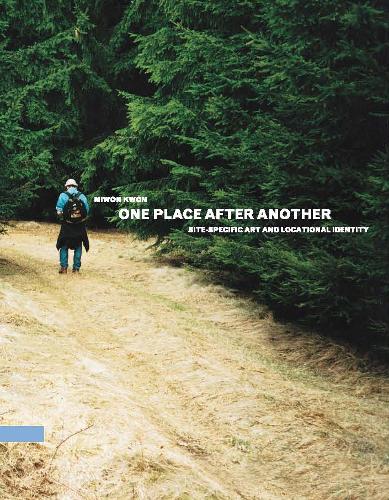
One Place after Another: Site-Specific Art and Locational Identity
(Paperback)
Publishing Details
One Place after Another: Site-Specific Art and Locational Identity
By (Author) Miwon Kwon
MIT Press Ltd
MIT Press
27th February 2004
27th February 2004
United States
Classifications
Professional and Scholarly
Non Fiction
709.0407
Physical Properties
Paperback
232
Width 178mm, Height 229mm, Spine 11mm
522g
Description
Site-specific art emerged in the late 1960s in reaction to the growing commodification of art and the prevailing ideals of art's autonomy and universality. Throughout the 1970s and 1980s, as site-specific art intersected with land art, process art, performance art, conceptual art, installation art, institutional critique, community-based art, and public art, its creators insisted on the inseparability of the work and its context. In recent years, however, the presumption of unrepeatability and immobility encapsulated in Richard Serra's famous dictum "to remove the work is to destroy the work" has been challenged by new models of site specificity and changes in institutional and market forces. One Place after Another offers a critical history of site-specific art since the late 1960s and a theoretical framework for examining the rhetoric of aesthetic vanguardism and political progressivism associated with its many permutations. It examines site specificity as a complex cipher of the unstable relationship between location and identity in the era of late capitalism. The book addresses the work of, among others, John Ahearn, Mark Dion, Andrea Fraser, Donald Judd, Renee Green, Suzanne L
Reviews
"What makes this book strong is the steady course it plots through the inevitable polemical rapids. Kwon does not take sides or pull punches; she has no heroes; she weighs the evidence.... The result is a book that actually dwells in the world and redescribes it, as does art." - Anne M. Wagner, Artforum; "Kwon delivers a much-needed theoretical framework for the complicated notion of site-specificity." - Teme Celeste"
Author Bio
Miwon Kwon is Assistant Professor of Art History at the University of California, Los Angeles.
